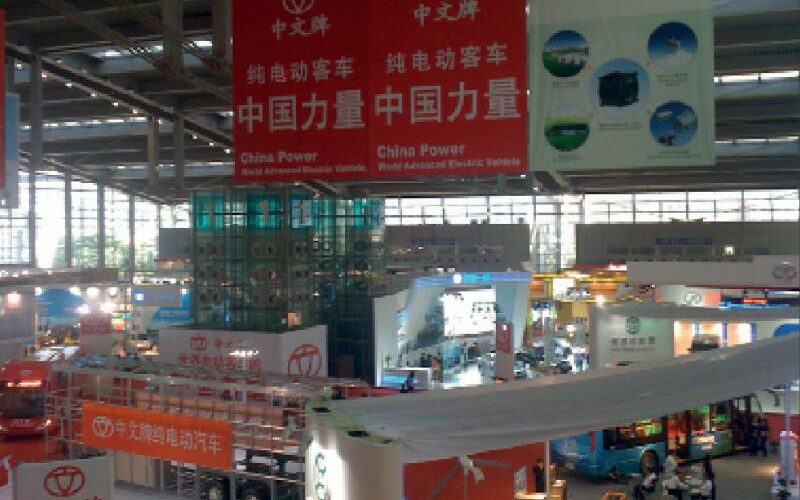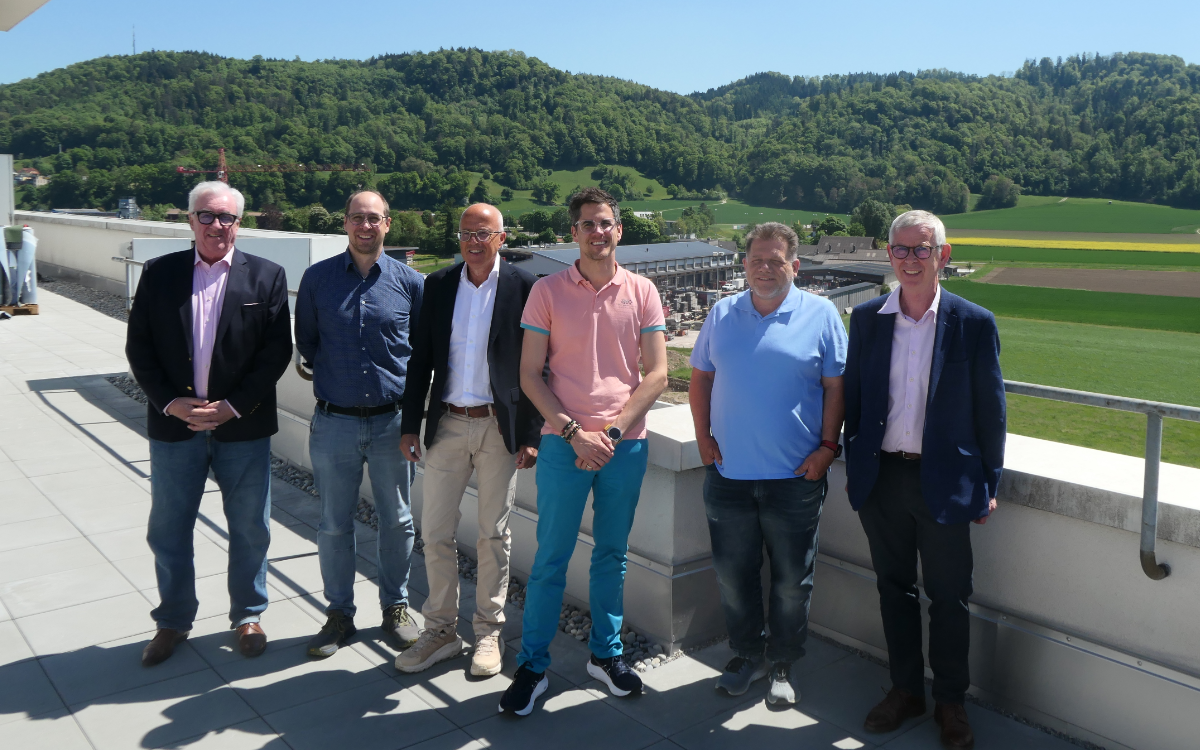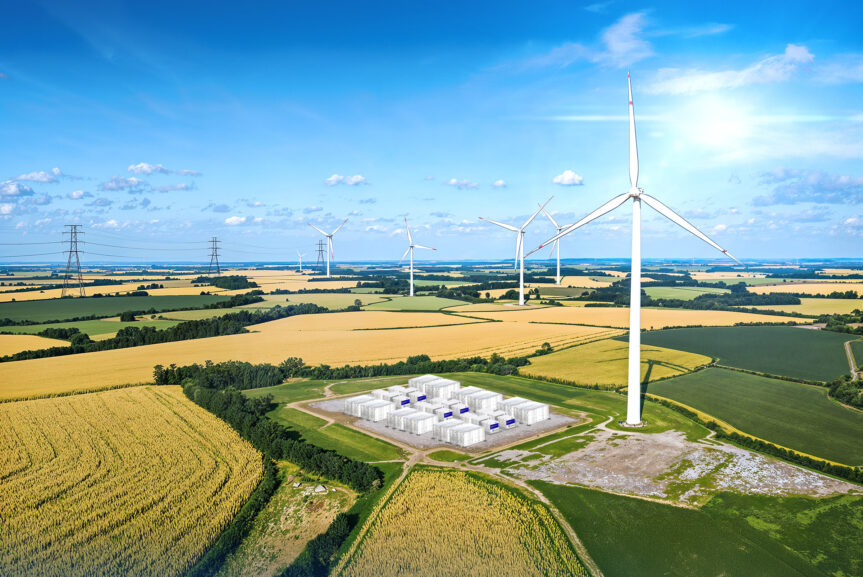100,000 visitors. Nearly 400 exhibitors and supposedly, 600 journalists in attendance at EVS25— the electric and hybrid vehicle conference and exhibition, in Shenzhen, China. Gerry Woolf, Co‑Editor of EV land, sea and air, gives his unique take on the event.
Back in the sixties, the Soviets used to parade their tanks and missiles on May day and westerners looked on in both awe and fear. Today, China doesn't have to show its military might, which is no doubt considerable. The sheer size of its industry though and the general consensus that the nation will . . .
to continue reading this article...
Sign up to any Premium subscription to continue reading
To read this article, and get access to all the Premium content on bestmag.co.uk, sign up for a Premium subscription.
view subscription optionsAlready Subscribed? Log In












